In a sea of synthetic activewear and generic eco-claims, Jacaranda stands apart by embracing true slow-fashion values: transparency, ethical production, and environmental care.
A Brand Born from Integrity
Founded by an environmental engineer, Jacaranda was created with a mission: to craft everyday wear that’s comfortable, beautiful, and durable—without compromising environmental or social responsibility. Sustainability isn’t just marketing; it’s the guiding principle behind every decision.
Why GOTS-Certified Organic Cotton Matters
Our signature leggings utilize GOTS-certified organic cotton sourced from Peru. GOTS (Global Organic Textile Standard) guarantees:
-
No GMOs, no pesticides or toxic chemicals
-
High standards for social welfare, including worker rights
-
Environmental best practices, from fiber to fabric processing reddit.comsimons.ca+9plankscanada.com+9shop.publicmyth.ca+9
Organic cotton saves significant water, supports healthier soils, and produces a durable fiber—translating into leggings that look and feel premium for longer. Compared to synthetics or semi-synthetic blends, they maintain structural integrity and reduce environmental impact.
Made in Canada, With Intention
Unlike most brands, Jacaranda leggings are cut and sewn locally in Calgary, not outsourced to high-volume factories overseas. This means:
-
Real transparency
-
Fair compensation for workers
-
Higher production standards
-
Less environmental impact from shipping and logistics
We avoid plastic wherever possible—even in packaging—and design with circularity and longevity in mind. Every product is made in small batches to minimize waste.
Ethical Production, Local Impact
Every pair of Jacaranda leggings is cut and sewn in Calgary—no offshore mass production. This allows us to offer:
-
Full transparency & traceability
-
Fair compensation for workers
-
Minimal environmental impact from shipping
-
Small-batch production and recycled, plastic-free packaging
How We Compare: Jacaranda vs. Miik vs. Tentree
There are only a few Canadian brands offering natural fibers or a blend of them in their leggings. Here’s how they differ:
Miik
-
Predominantly uses 90% rayon from bamboo, a semi-synthetic made through chemical-intensive processing, which can weaken fiber durability over time
-
Fabric is custom-milled in the GTA, offering local production benefits.
-
While known for softness, rayon tends to pill and deteriorate faster than cotton .
Tentree
-
Does carry organic cotton leggings, but manufactures in Vietnam and Cambodia.
- Manufacturing overseas often involves mass production at scale, which can prioritize volume over ethical standards, even under certifications.
Why Jacaranda Leads
| Feature | Jacaranda | Miik | Tentree |
|---|---|---|---|
| Main Fabric | GOTS-certified organic cotton | Bamboo-rayon blend, milled in GTA | Organic cotton, overseas manufacturing |
| Production Location | Calgary, Canada | Local (Toronto) | Vietnam, Cambodia |
| Environmental Impact | Low (organic farming + local) | Mixed (chemically processed rayon) | Mixed (organic fabric but high-volume overseas) |
| Transparency & Fair Pay | Full visibility + fair wages | Known local manufacturing standards | Less clear; low-price apparel raises concerns |
Final Thoughts
If you’re choosing leggings that align with your values, comfort, compassion, and craftsmanship, Jacaranda stands out as the sustainable, ethical, and undeniably Canadian choice.


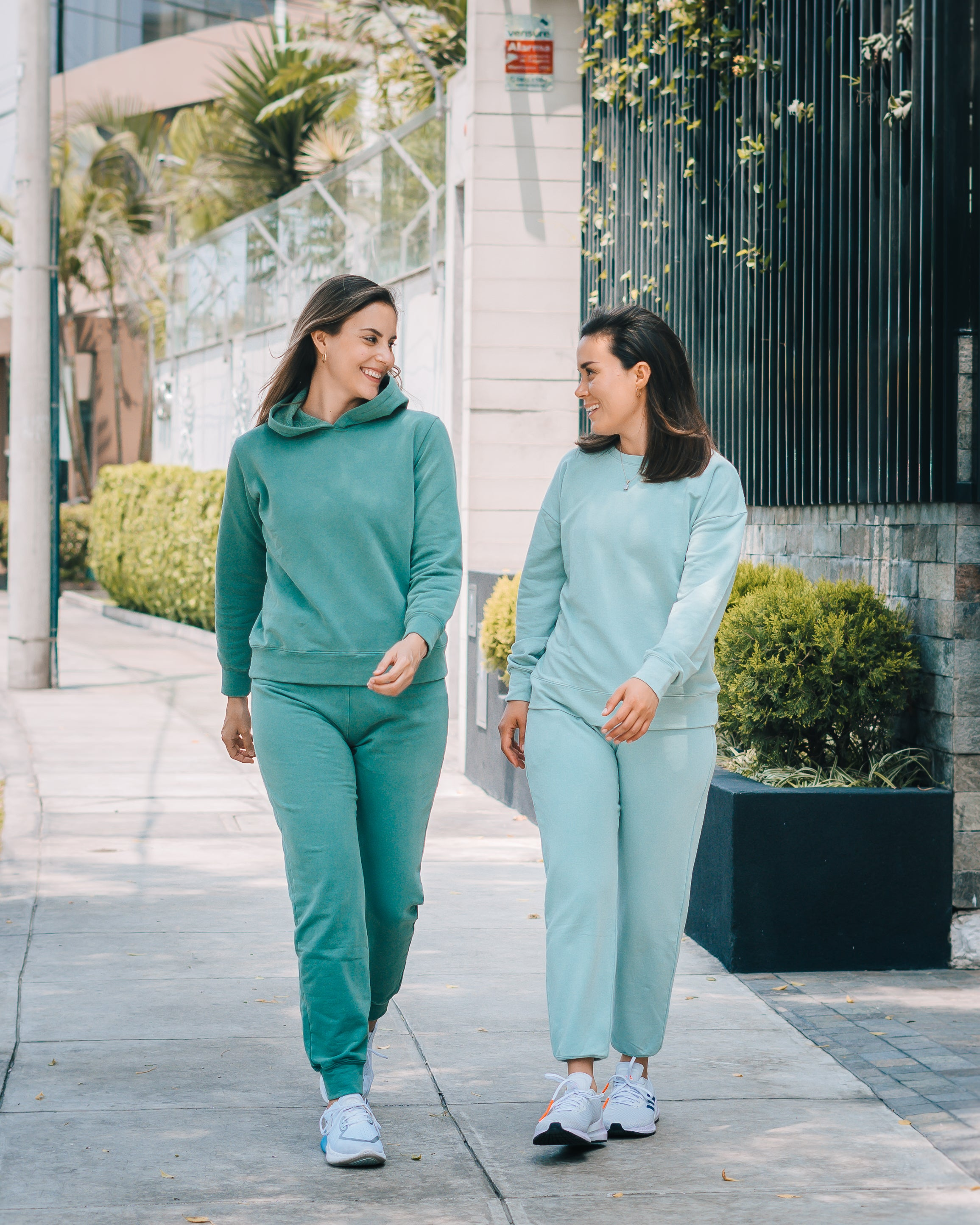
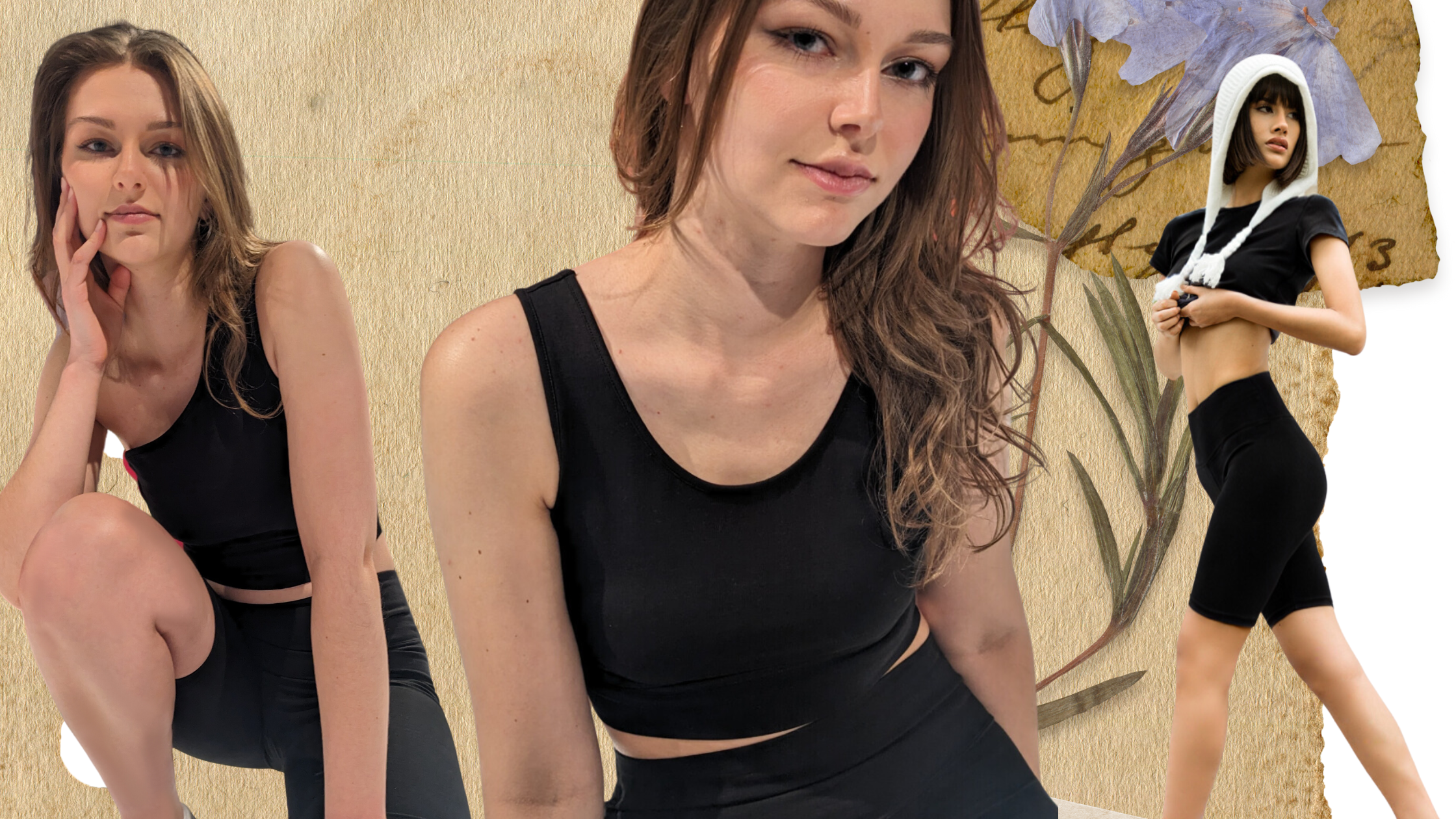

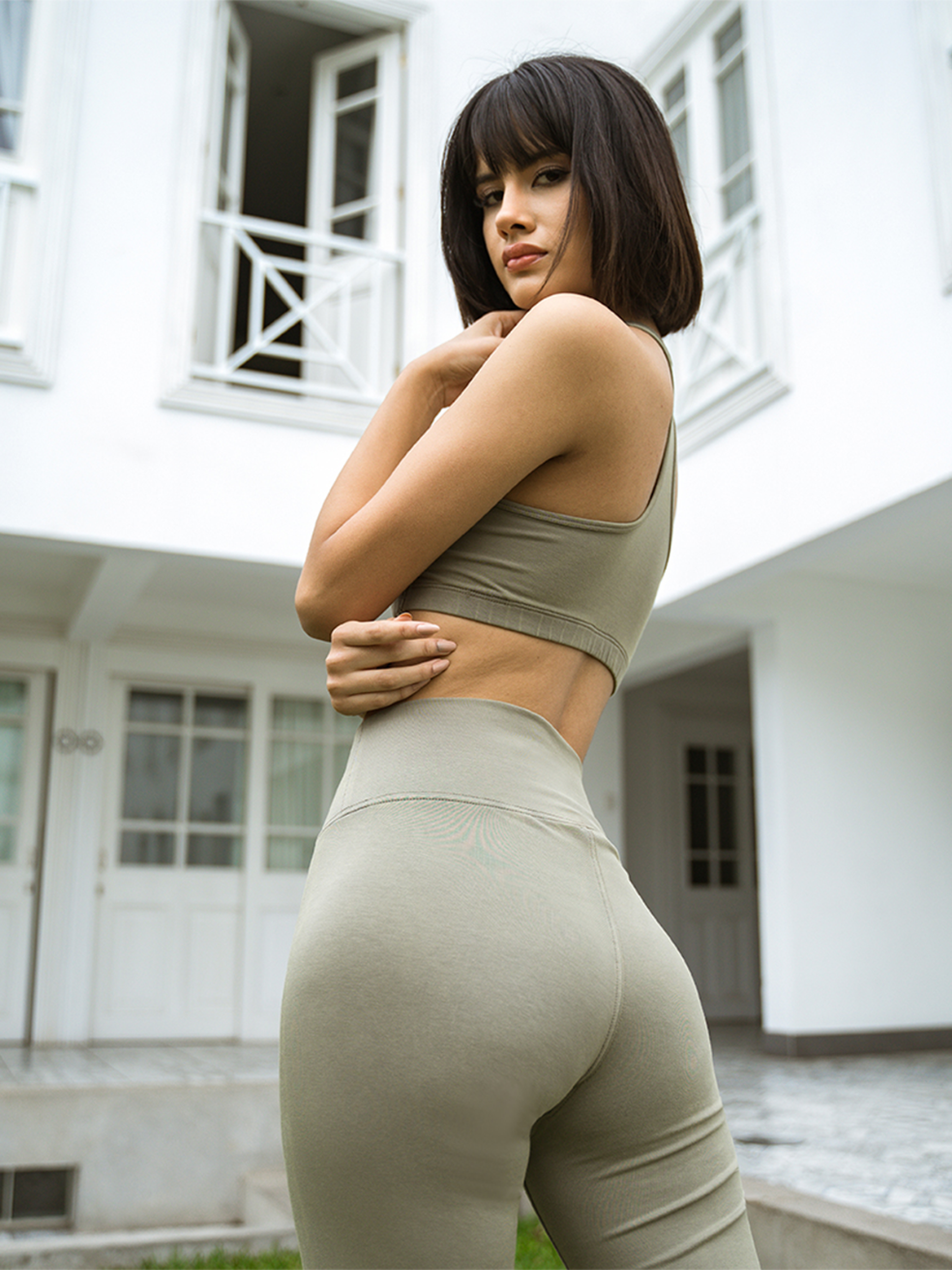
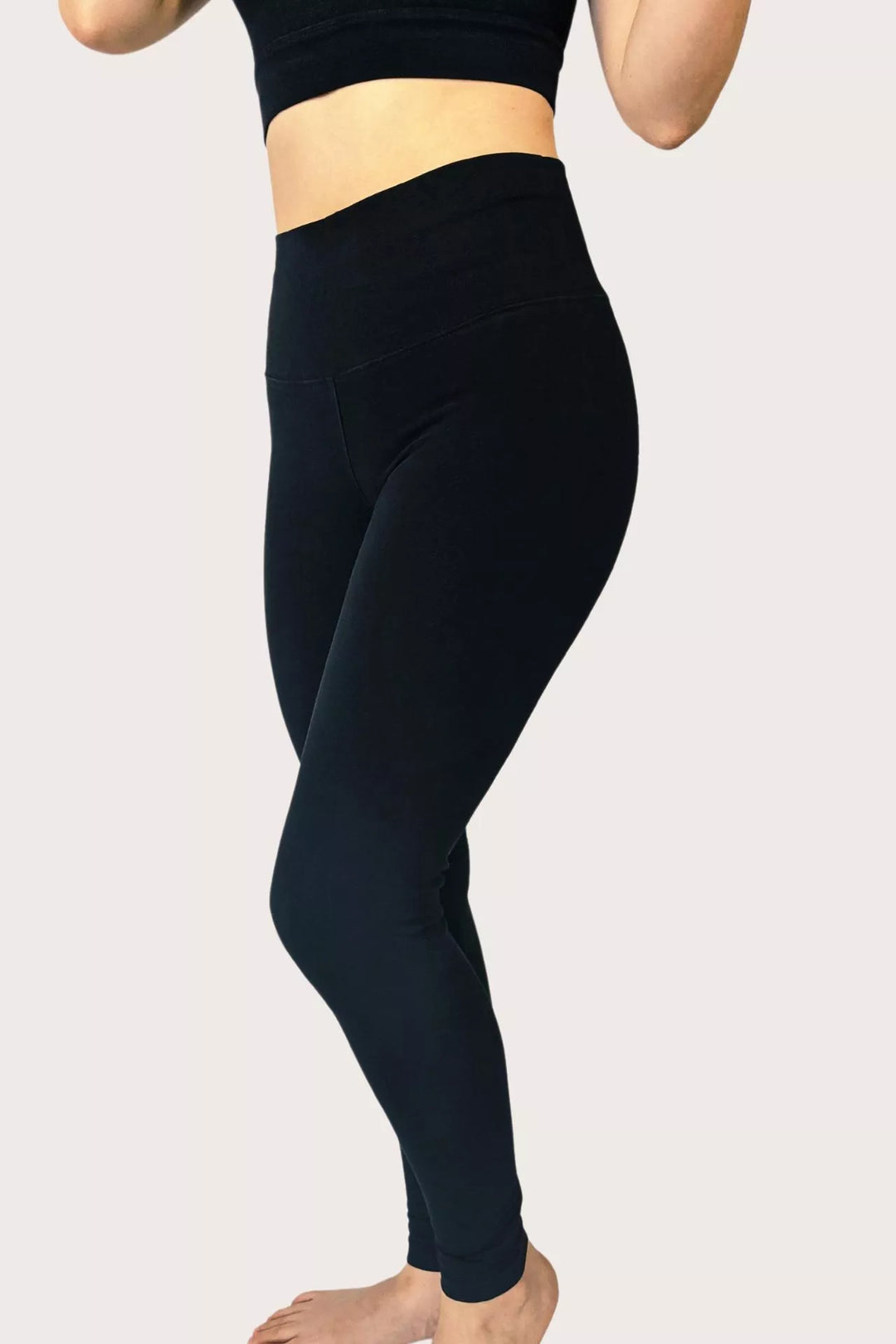
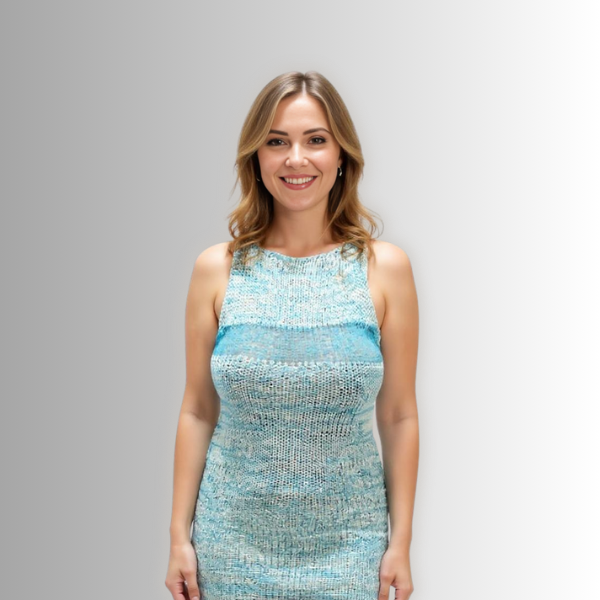
Leave a comment